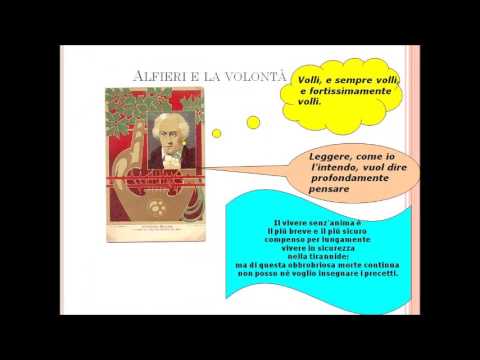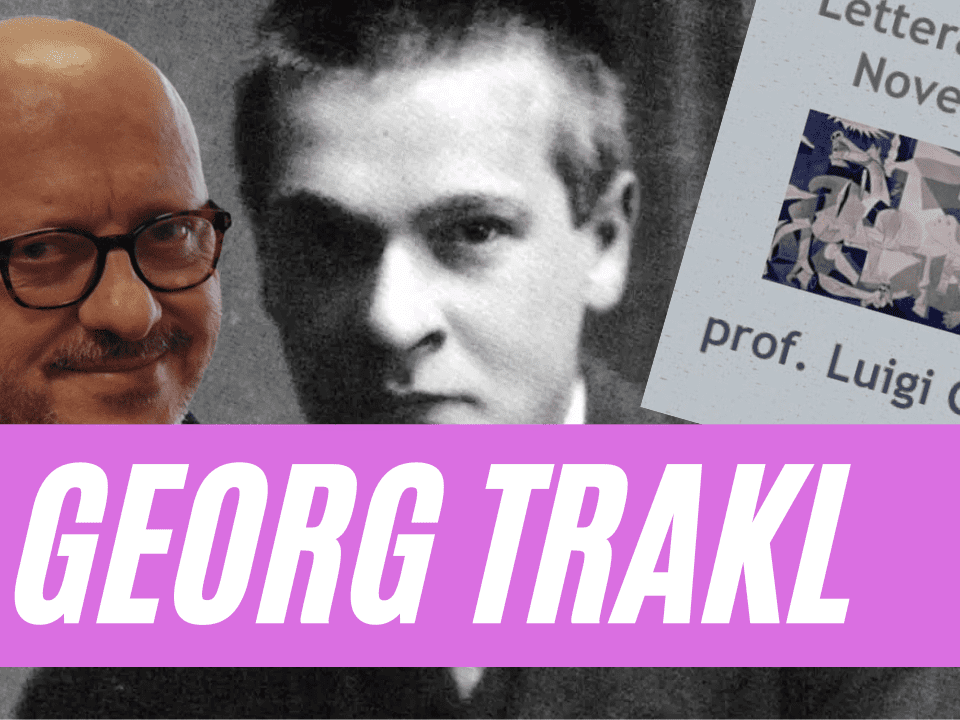


Vittorio Alfieri
27 Gennaio 2019

Indice della Tesina sull’Imperialismo
27 Gennaio 2019della Rivoluzione industriale
Verifica interdisciplinare
Questa prova si sviluppa intorno al dibattito sui mutamenti che la Rivoluzione industriale ha determinato nelle condizioni di vita dei lavoratori e su alcuni significativi avvenimenti storici e scientifici nell’Inghilterra dell’epoca.
|
Strumenti e prestazioni richiesti
|
Discipline
|
|
Leggere e comprendere un testo argomentativo in lingua inglese
|
Inglese e Storia
|
|
Rispondere a una serie di quesiti volti a identificare idee significative nel testo dato
|
Inglese, Storia
|
|
Rispondere a una serie di domande aperte/chiuse volte a verificare il possesso di nozioni congruenti al discorso
|
Storia
|
|
Completare una griglia per stabilire collegamenti tra concetti significativi nel discorso
|
Storia
|
|
Elaborare un breve testo espositivo di argomento scientifico
|
Italiano, Fisica
|
A partire dai primi anni della Rivoluzione industriale in Inghilterra ha preso avvio tra gli intellettuali un dibattito sui mutamenti che essa ha determinato nelle condizioni di vita dei lavoratori. Certamente il lavoro domestico dell’artigiano nel primo Settecento era molto diverso da quello all’interno di una fabbrica nell’Ottocento.
Leggi attentamente il seguente testo e rispondi ai quesiti posti, nella lingua in cui essi sono formulati.
What, however, is art? whence does it spring? Art is mans embodied expression of interest in the life of man. It springs from mans pleasure in his life. […] It is especially the expression of mans pleasure in the deeds of the present, in his work. Yes, that may well seem strange to us at present! […] Yet I repeat that the chief source of art is mans pleasure in his daily necessary work, which expresses itself and is embodied in that work itself. Nothing else can make the common surroundings of life beautiful, and whenever they are beautiful it is a sign that mens work has pleasure in it, however they may suffer otherwise. It is the lack of this pleasure in daily work which has made our towns and habitations sordid and hideous, insults to the beauty of the earth which they disfigure, and all the accessories of life mean, trivial, ugly, – in a word, vulgar. Terrible as this is to endure in the present, there is hope in it for the future, for surely it is but just that outward ugliness and disgrace should be the result of the slavery and misery of the people, and that slavery and misery once changed, it is but reasonable to expect that external ugliness will give place to beauty, the sign of free and happy work. (W. Morris, from the Commonwealth Magazine, 1885)
Answer the following questions using your own words as much as possible.
1. How are art and work related, according to Morris?
………………………………………………………………………………………………………………………………………..
2. Which are the surroundings” Morris refers to? Could they be defined as beautiful” in the present? Give reasons.
………………………………………………………………………………………………………………………………………..
3. How will art and beauty be restored in the future?
………………………………………………………………………………………………………………………………………..
Quando nel 1776 Adam Smith pubblica Ricerca sulla natura e le cause della ricchezza delle nazioni, la Rivoluzione industriale è solo agli inizi ma la divisione del lavoro”, di cui parla Smith, ne è un elemento costitutivo, la base stessa dell’organizzazione del lavoro in fabbrica.
4. In che modo, secondo Smith, è possibile rendere la produzione più efficiente?
………………………………………………………………………………………………………………………………………..
5. Quali sono dunque le differenze più evidenti tra la condizione dell’artigiano, così come si deduce dal testo di Morris, e quella del lavoratore in fabbrica, alla luce delle teorie di Smith? Completa la seguente griglia.
|
|
L’artigiano
|
L’operaio
|
|
In relazione al prodotto
|
…………………………………… …………………………………… …………………………………… |
…………………………………… …………………………………… …………………………………… |
|
Nel rapporto con gli imprenditori
|
…………………………………… …………………………………… …………………………………… |
…………………………………… …………………………………… …………………………………… |
6. Tra le invenzioni e le scoperte dell’epoca occupa una posizione di rilievo quella di M. Faraday che, nel 1831, scopre l’induzione elettro-magnetica. Spiega brevemente di che cosa si tratta e quale ne è – o potrebbe esserne – un’applicazione pratica.
………………………………………………………………………………………………………………………………………..



